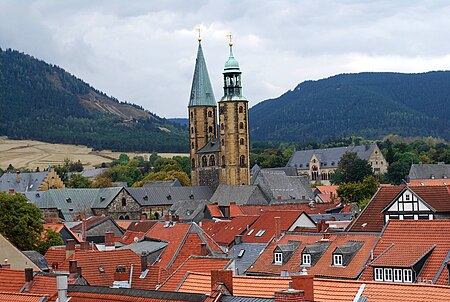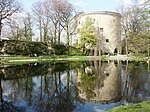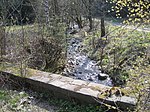Goslar
Free imperial citiesGoslarLandmarks in GermanyMembers of the Hanseatic LeagueMining communities in Germany ... and 3 more
Pages with German IPATowns in Lower SaxonyWorld Heritage Sites in Germany

Goslar (German pronunciation: [ˈɡɔslaʁ]; Eastphalian: Goslär) is a historic town in Lower Saxony, Germany. It is the administrative centre of the district of Goslar and is located on the northwestern slopes of the Harz mountain range. The Old Town of Goslar and the Mines of Rammelsberg are UNESCO World Heritage Sites for their millenium-long testimony to the history of ore mining and their political importance for the Holy Roman Empire and Hanseatic League. Each year Goslar awards the Kaiserring to an international artist, called the "Nobel Prize" of the art world.
Excerpt from the Wikipedia article Goslar (License: CC BY-SA 3.0, Authors, Images).Goslar
Breite Straße,
Geographical coordinates (GPS) Address Nearby Places Show on map
Geographical coordinates (GPS)
| Latitude | Longitude |
|---|---|
| N 51.907222222222 ° | E 10.43 ° |
Address
Breite Straße 95
38640 , Altstadt
Lower Saxony, Germany
Open on Google Maps








